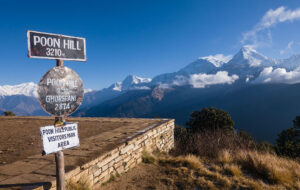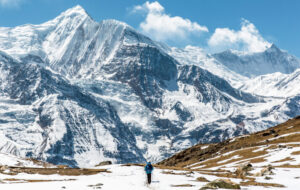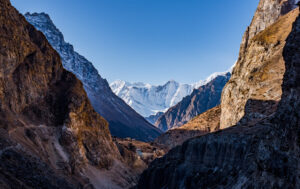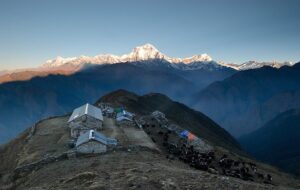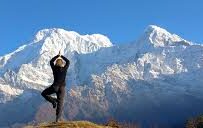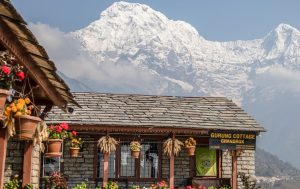 Annapurna Region
Annapurna Region
Annapurna Base Camp Trek – 14 Days
-
Duration 14 Days
-
Difficulty Strenuous
-
Price $1500
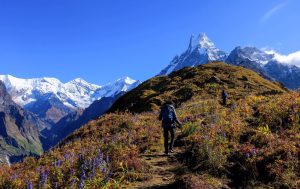 Annapurna Region
Annapurna Region
Mardi Himal Base Camp Trek – 11 Days
-
Duration 10 Days
-
Difficulty Popular
-
Price $1500

